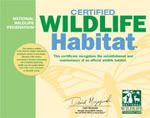We know that fragrance has the power to take us back in time to an experience and it can transform our mood. It's also one of the joys of gardening - growing plants that not only look pretty, but smell that way too.
Oh, wait. There IS!
A few years ago, I met Lloyd Traven, plant breeder and owner of Peace Tree Farm located in Pennsylvania, a short distance from Philadelphia. Lloyd is one of those people whom once you've met him, you never forget him. There's just something about him, whether it's his no-nonsense approach to life or his enthusiasm and knowledge about the plants he grows. Or maybe it's the beard. I'm not sure.
 |
| Lloyd and me at National Green Centre in St. Louis in January 2013. (Photo by Chris Tidrick) |
Lloyd had been working on some things and in 2012, he introduced Lavandula x intermedia 'Phenomenal' to the rest of us.
Now this is no ordinary lavender. Yes, it has purpley-blue flowers and yes, it smells really nice. But 'Phenomenal' lives up to its name in many ways:
- It has exceptional winter hardiness. Lavenders succumb to the cold mainly because they require excellent drainage and soggy soil coupled with the cold is more than most lavenders can handle. While 'Phenomenal' also likes good drainage, it's more tolerant of adverse conditions than most other lavenders.
Remember the winter of 2013-14? Oooooh, that was a bad one. I'd been growing several types of lavender, including 'Hidcote' and 'Munstead', quite successfully for several years in my heavy clay garden that's located in what was once The Great Black Swamp. I had just planted two 'Phenomenal' plants that I'd been given as test plants late in the season right before that brutal winter and I was worried that they wouldn't survive it.
But when spring came, guess what happened? I lost every single one of my well-established lavenders, but the 'Phenomenal' did just fine. Like most plants last spring, they were a little later to break dormancy, but both plants made it. Of course I bought more and to be honest, it's the only lavender I intend to grow for the time being. - It's not bothered by hot and humid summers. Global warming, anyone? We've always had periods of extreme heat in July and August, but in recent years, it's pretty much a sure thing that those months are going to be scorchers. Not only that, with the exception of last summer, it's as if God turns off the spigot around mid-June and gets busy with other things until he finally remembers to turn it back on around September. Most plants hate that. 'Phenomenal' seems to just roll with the punches.
- It's a vigorous grower. Last summer was a good one around these parts and it seemed like we got rain right when we needed it and not too much when we didn't. So of course I would expect most plants to do well, and 'Phenomenal' was no exception. But Lloyd sent me a photo of it growing at the farm in Pennsylvania, showing what it's capable of as it matures:
Candy Traven (Mrs. Lloyd), standing behind just one 'Phenomenal' lavender plant!
(Photo courtesy of Peace Tree Farm)
Wowza! To be honest, if mine gets that big, I'ma gonna have to move some plants! Mine are relatively young yet, but those original ones I planted in 2013 just might do the third year leap this summer. We'll see. - It's deer and rabbit resistant. Nothing is deer or rabbit proof, as most gardeners who battle these pests will tell you, but they don't seem to like this plant very well. Perhaps it's because of the oil that gives it that luscious scent. It's also resistant to common root and foliar diseases.
- It has both culinary and aromatherapy uses, not to mention its use in floral bouquets. You know how Dorothy and friends got sleepy when running through the poppy fields in The Wizard of Oz? I secretly think those poppies were underplanted with lavender. 'Phenomenal' is exceptionally good for using its oil, which is known to have a calming effect and helps us sleep.
Mmmmm... can't you just smell it? I cut the flower stems from my plants this year and let them dry. I then rubbed the dried flowers from the stems and put them in one of the lavender sachet bags I bought at Carolee's Herb Farm near Hartford City, Ind., a few years ago. Carolee grows a LOT of lavender there, among other wonderful things.
What you need to know
If you think you can't grow lavender, try 'Phenomenal'. I haven't done anything special in regard to growing them other than what I usually do when planting lavender of any type and that's making sure they've got good drainage. I plant them in slightly elevated mounds of soil and if the soil is particularly heavy with clay, I'll amend it with a healthy helping of orchid bark. (Don't wrinkle your nose - it works for me!)
I found some plants locally last summer at Stuckey's in Ft. Wayne but they only had a few and I snatched them right up. As the word gets around about what a great lavender this is, I think it will get easier to find, although it's only sold in independent garden centers. If your favorite IGC doesn't have it, ask for it. That would be doing you both a favor.
Lavandula x intermedia 'Phenomenal'
Zone 5-10
Full sun
24-32" height and spread
Average moisture
Slightly acidic pH (our soil is alkaline and it does just fine)
Flowers in spring and summer
Hey, Lloyd... got any other wonderful things in the works?







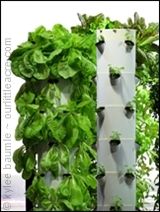
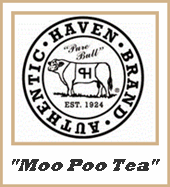




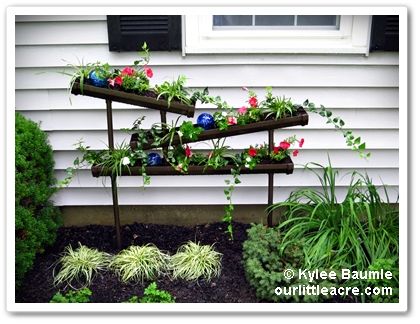
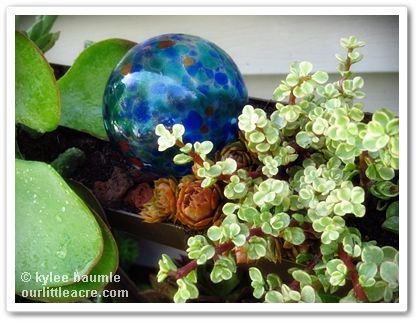
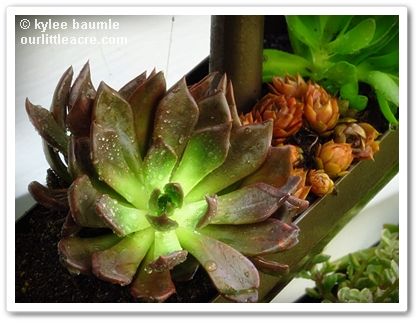
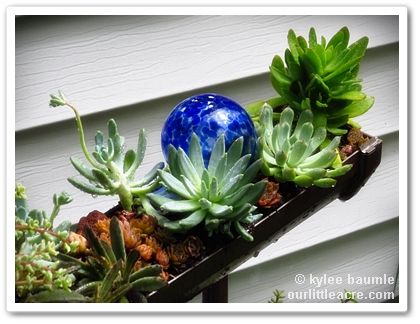
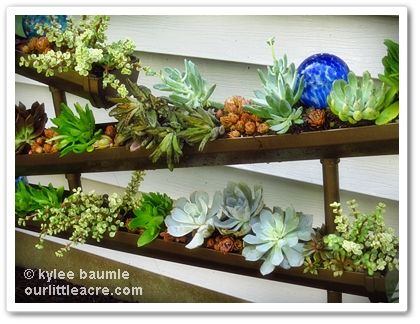
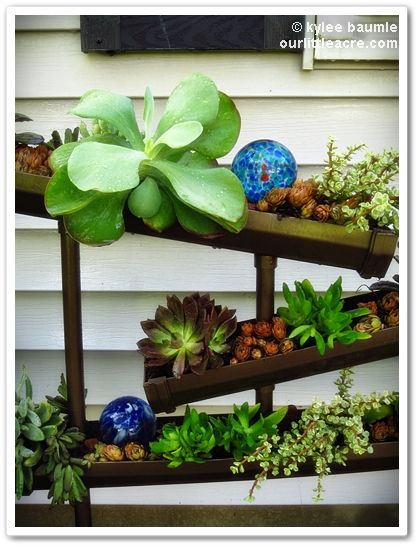
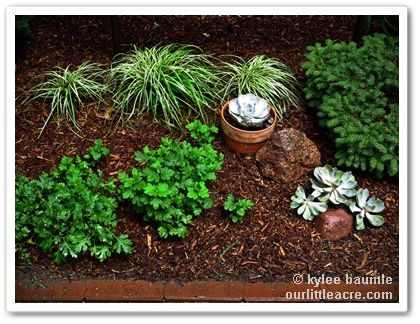
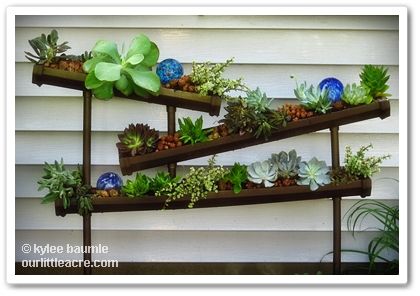
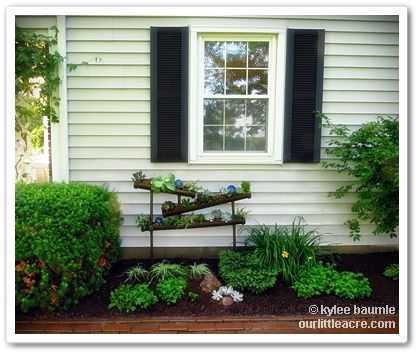

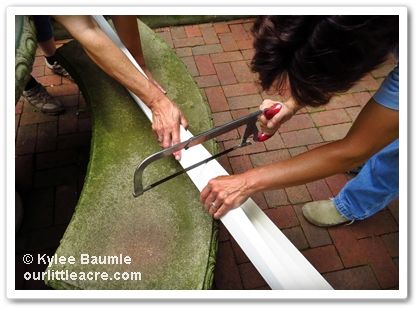

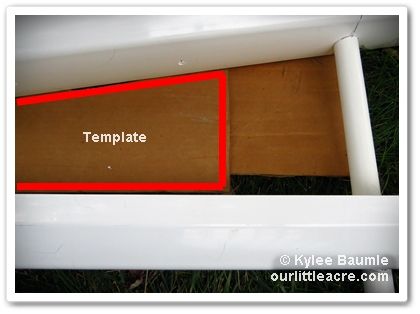


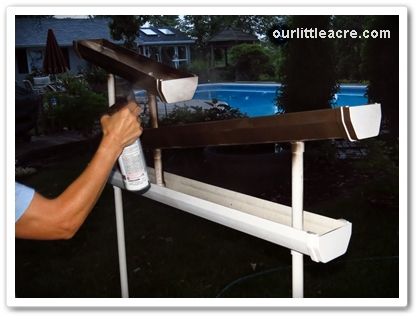
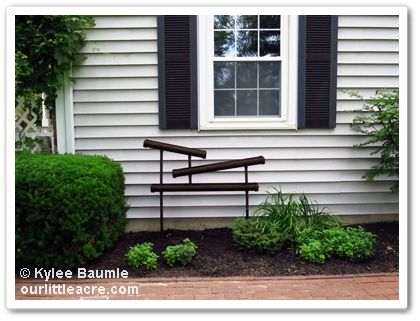


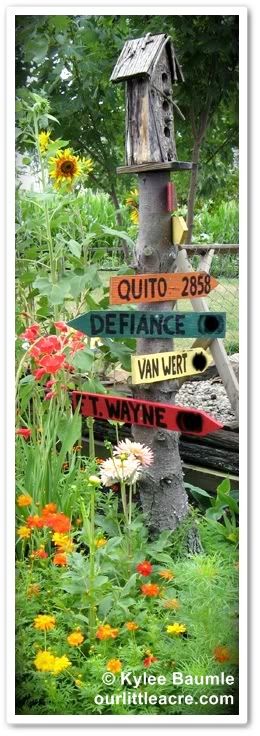
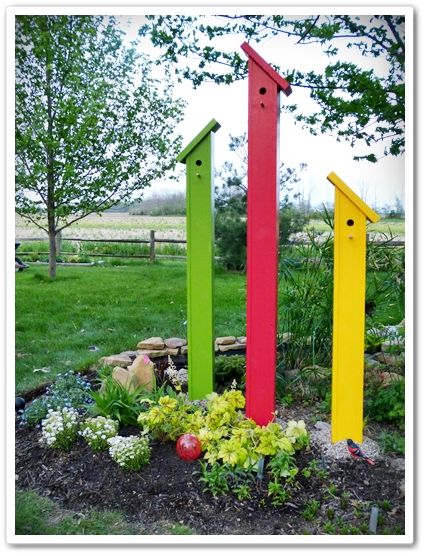
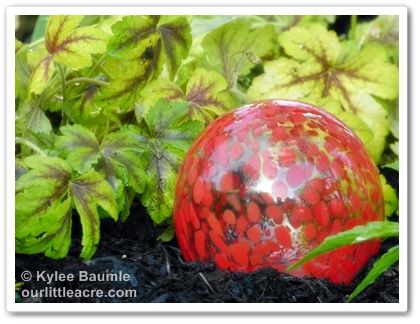
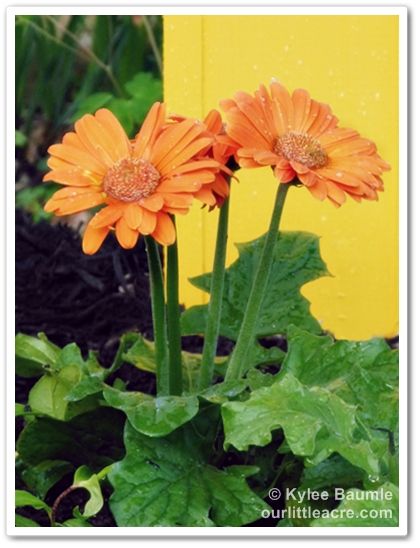
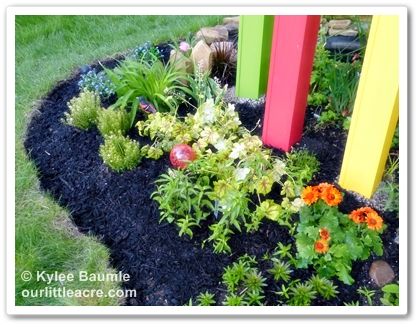
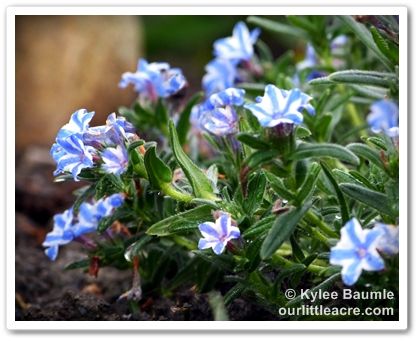

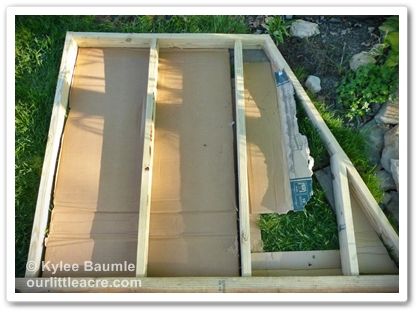
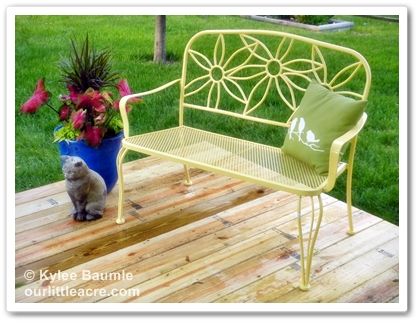
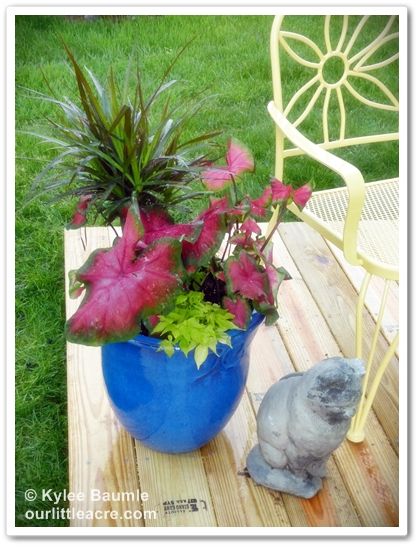
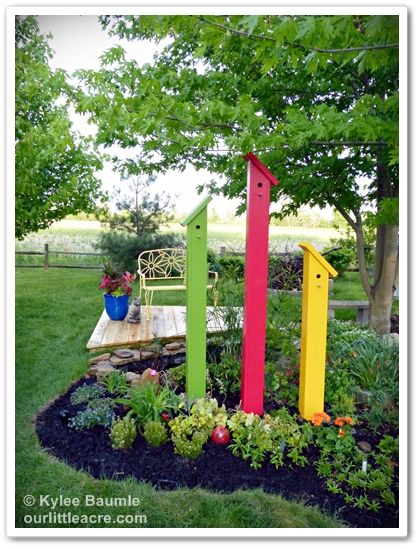










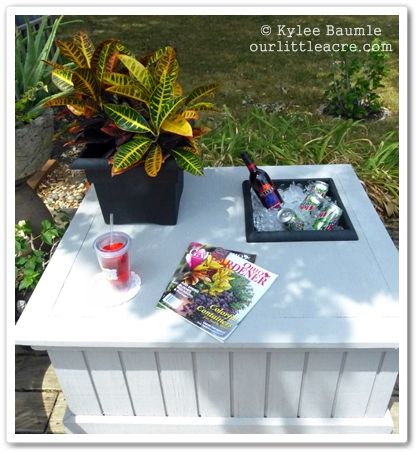


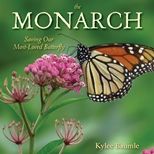





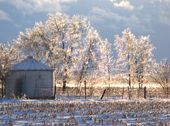 "Bejeweled"
"Bejeweled"